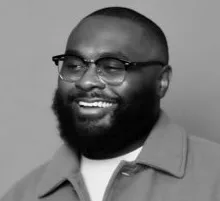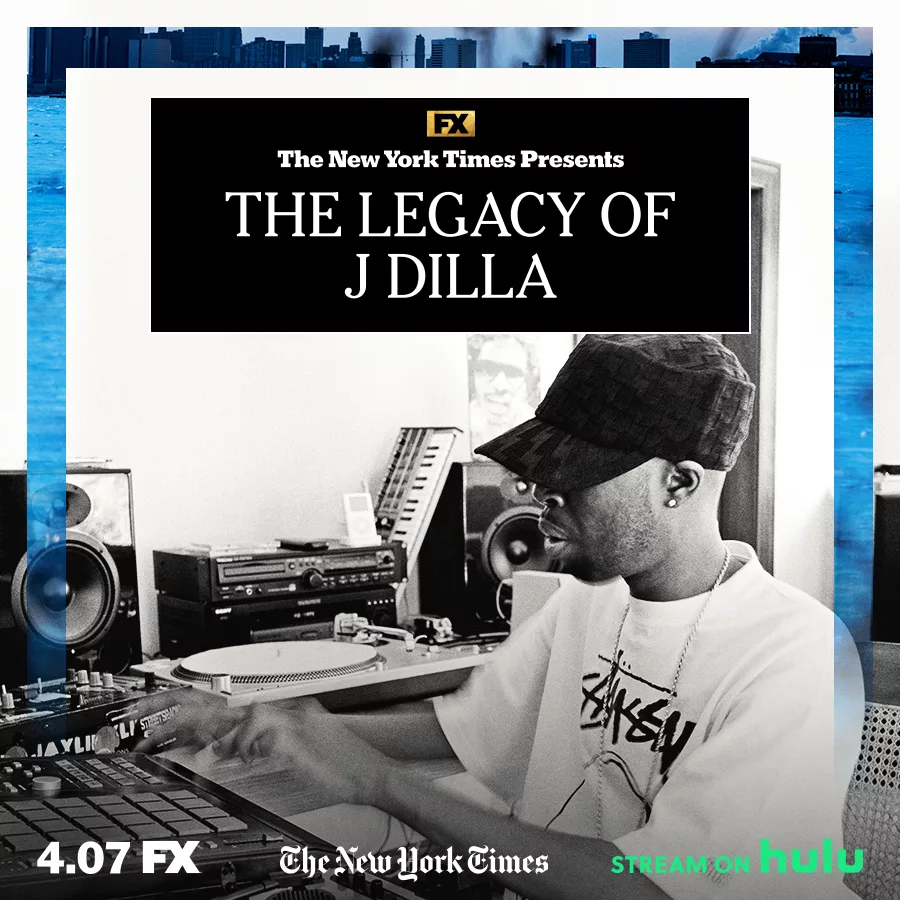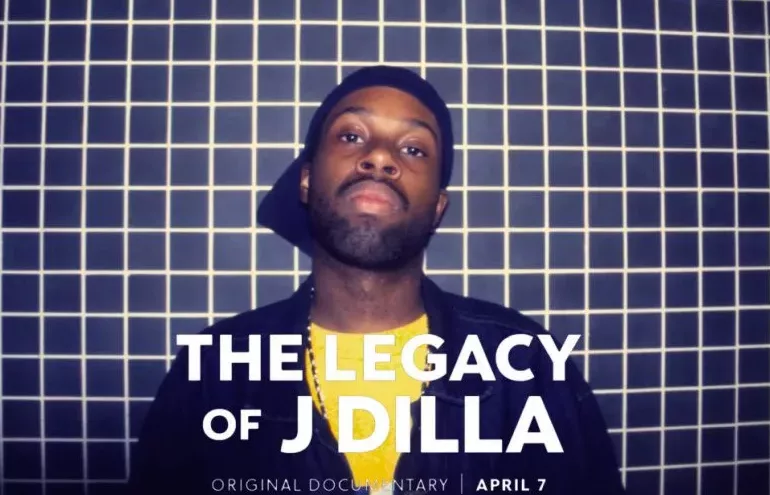 By Jamel Smith
By Jamel Smith
April 19, 2023
The J. Dilla documentary, The New York Times Presents: The Legacy of J. Dilla was quietly released on Hulu on April 7. The documentary serves as a portrait of a creative genius, and explores how his unfortunate afterlife affairs ultimately shaped his mythology. Produced and directed by Christopher Frieson (Don’t Try to Understand: A Year in the Life of Earl “DMX” Simmons) and NYT Presents showrunner Esther Dere, audiences and fans alike are offered an intimate look into the makings of James Yancey, Jay Dee, and J. Dilla. The interviews included Maureen Yancey, Martha Yancey, John Yancey, Frank Bush of Frank N Dank, Common, DJ Jazzy Jeff, Busta Rhymes, and more.

The documentary has already invoked a range of emotional reviews. A Twitter user expressed that “they were left feeling sad” following their viewing due to its content around Dilla’s last days. Another Twitter user concluded that “J. Dilla was the greatest to do it” after seeing how singular and significant the visionary was in retrospect.
The Legacy of J. Dilla opens with a 2003 interview between Dilla and hip-hop journalist Mats Nileskär in Malmö, Sweden during a European tour run. This interview is the anchor for the documentary, as it is often referenced throughout the 70-minute runtime. In one of the more delightful interview excerpts, audiences hear audio of an excited and gracious Dilla speak about his experience touring abroad: “I’m having a ball. From the Basement of Detroit, to be out here [in Europe], and to have people accept this music and these crazy ideas I have… it’s unbelievable to me… it’s really unreal.”
“He was very temperate in what he did.” J Dilla’s friends and family reveal his motives and passions throughout his short but revolutionary life.
The New York Times Presents: The Legacy of J Dilla premieres tonight on FX. Stream on Hulu. pic.twitter.com/sQuNzMteXq— FX Networks (@FXNetworks) April 7, 2023
In a sequential order of events, the documentary shows the beginnings of Yancey’s life as a musician. Born and raised in Detroit to musical parents, James Yancey was what most would call a prodigy. His natural born talent was powered through visits to record stores with his father, music lessons as a child, observing his parents’ music careers, and his time spent with Amp Fiddler, a bassist for Parliament Funkadelic. In fact, it was with Fiddler that Yancey created his first beat. Fiddler used to host music camps where his musician friends would record music all day; it was called “Camp Amp.” Yancey along with his friends stopped by after hearing music blasting from Fiddler’s open windows and the rest was history. On one fateful day at Fiddler’s home, the budding producer tried his fingers on the MPC 60 drum machine– a previous version of the MPC 3000 drum machine that Dilla later mastered and created most of his productions on.
Trained by ear, the first beat Yancey made was “Ghost Town Till The Break of Day,” an early Slum Village record later unearthed by Fiddler on a Worldwide FM programme in 2018. This was the first beat to introduce the style of drumming and production that would later become Yancey’s calling card and lasting sonic legacy. The objective: humanizing the drum machine. The methodology: disarming the quantize button. DJ Jazzy Jeff became a fan of this sound during a visit in LA. The song was Slum Village’s “I Don’t Know” and he was so enamored by what he heard that he called the radio station to get the details. He explains the radical ingenuity of Dilla’s sound in the documentary. “[Dilla] changed the game by taking a machine meant to be perfect and made it human,” said Jeff. “A skill he took from funk and soul drummers of his time.”

Funk and soul was the bedrock of his sound. It makes sense that he became the pioneer of the neo-soul sound of the 2000s, particularly the sonic powered by The Soulquarians and The Ummah. Grammy Award-winning artist Robert Glasper explains it in these terms: “Neo-soul is Dilla-influenced R&B.” And he’s right. In fact, Questlove credits the producer for his “drunken style” of drumming exhibited on D’Angelo’s Voodoo— a landmark album for the subgenre and a blueprint for many artists and musicians thereafter. In summation, it all goes back to J. Dilla.
Despite his ubiquitous sound, Dilla never got used to the fame that came with his ingenuity. In fact, he shied away from it. “He wasn’t the producer trying to be in the video,” said Glasper. “He could literally be in the room and you wouldn’t know.” The documentary makes several cases for whether or not his enigmatic presence was something he truly desired or if it was something forced upon him by the industry. In reality, it was arguably both. Between the music collectives he secretly powered, his migration from New York to Detroit after his fallout with The Ummah, countless beats he “gave away” following a failed MCA record deal, and his unfortunate battle with a rare blood disease, Dilla’s personal and professional dilemmas ultimately resulted in him living an enclosed life.
Not even Frank [Bush] knew about Dilla’s illness: “I had no clue that he was as sick as he was.” At the behest of Dilla’s adopted brother, Bush befriended and bonded with the rapper-producer in 1986 over their love of Houdini, The Fat Boys, and Salt N’ Pepa. Bush, alongside fellow rapper Derrick Harvey, later became one of Dilla’s closest collaborators, Frank n Dank.

Even in death, disappointment played a recurring theme. Due to outstanding debts, a “simple” will, and a nasty legal battle between Dilla’s estate and his mother, Dilla nor his family were able to take the reins on his legacy. That is, until Dilla’s former accountant Arty Erk and former attorney Micheline Levine stepped down as executors of his estate in 2009. Since then, Dilla’s brand has grown to mythical proportions. His real impact was his final album, Donuts, which has been regarded as “the keeper of his folklore,” as it was said to have been produced from his hospital bed and was released on his 32nd birthday, just three days before he passed on February 10, 2006.
It was announced in September that Questlove will executive produce the forthcoming Dilla documentary, Dilla Time, based on the critically acclaimed book by Dan Charnas, but for now, FX’s The Legacy of J. Dilla satisfactorily debuts the story of a Detroit trailblazer. For a man often mythicized in death, the documentary grounds his legacy in a way that reminds his fans that our eternal enjoyment is because of his musical innovation and work.
Watch the trailer for The New York Times Presents: The Legacy of J. Dilla, now airing on Hulu and FX.
Read next:



